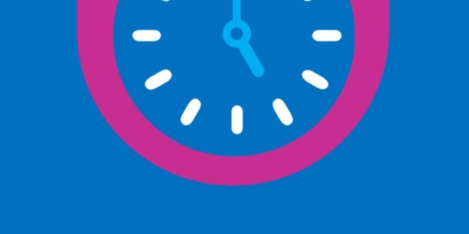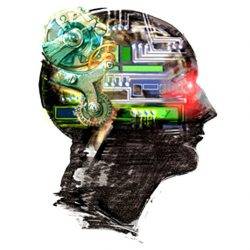December 17, 2018
Meatspace, cyberspace, the uncertainty of expertise and some other stuff
 The sign that somebody knows their stuff about a subject is often that whatever they say about it is full of questions, equivocations and caveats. They’ll often start out by saying things are complicated in mitigation of their opinion on a particular topic. They’ll say there are no silver bullets. It’s almost always neophytes, chancers and the conflicted that offer certainty. To prove my point here is David D’Souza of the CIPD making a point about the tendency to look for pat, narrow solutions to complex, broad challenges. Not only does he have something interesting to say, you know that he has the depth and breadth of knowledge to expand on each of the points he makes with yet more sophistication. It’s fractal thinking.
The sign that somebody knows their stuff about a subject is often that whatever they say about it is full of questions, equivocations and caveats. They’ll often start out by saying things are complicated in mitigation of their opinion on a particular topic. They’ll say there are no silver bullets. It’s almost always neophytes, chancers and the conflicted that offer certainty. To prove my point here is David D’Souza of the CIPD making a point about the tendency to look for pat, narrow solutions to complex, broad challenges. Not only does he have something interesting to say, you know that he has the depth and breadth of knowledge to expand on each of the points he makes with yet more sophistication. It’s fractal thinking.
















 People and machines are entering a new era of learning in which artificial intelligence (AI) augments ordinary intelligence and helps people realise their full potential. But CIOs need to prepare workers for a future in which people do more creative and impactful work because they no longer have to perform many routine and repetitive tasks, according to analysts speaking at the
People and machines are entering a new era of learning in which artificial intelligence (AI) augments ordinary intelligence and helps people realise their full potential. But CIOs need to prepare workers for a future in which people do more creative and impactful work because they no longer have to perform many routine and repetitive tasks, according to analysts speaking at the 
















December 7, 2018
Seven reasons why this will not be the office of the future
by Mark Eltringham • Comment, Facilities management, Furniture, Workplace design
(more…)